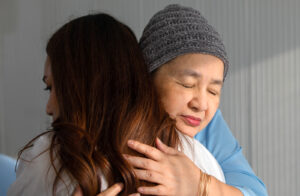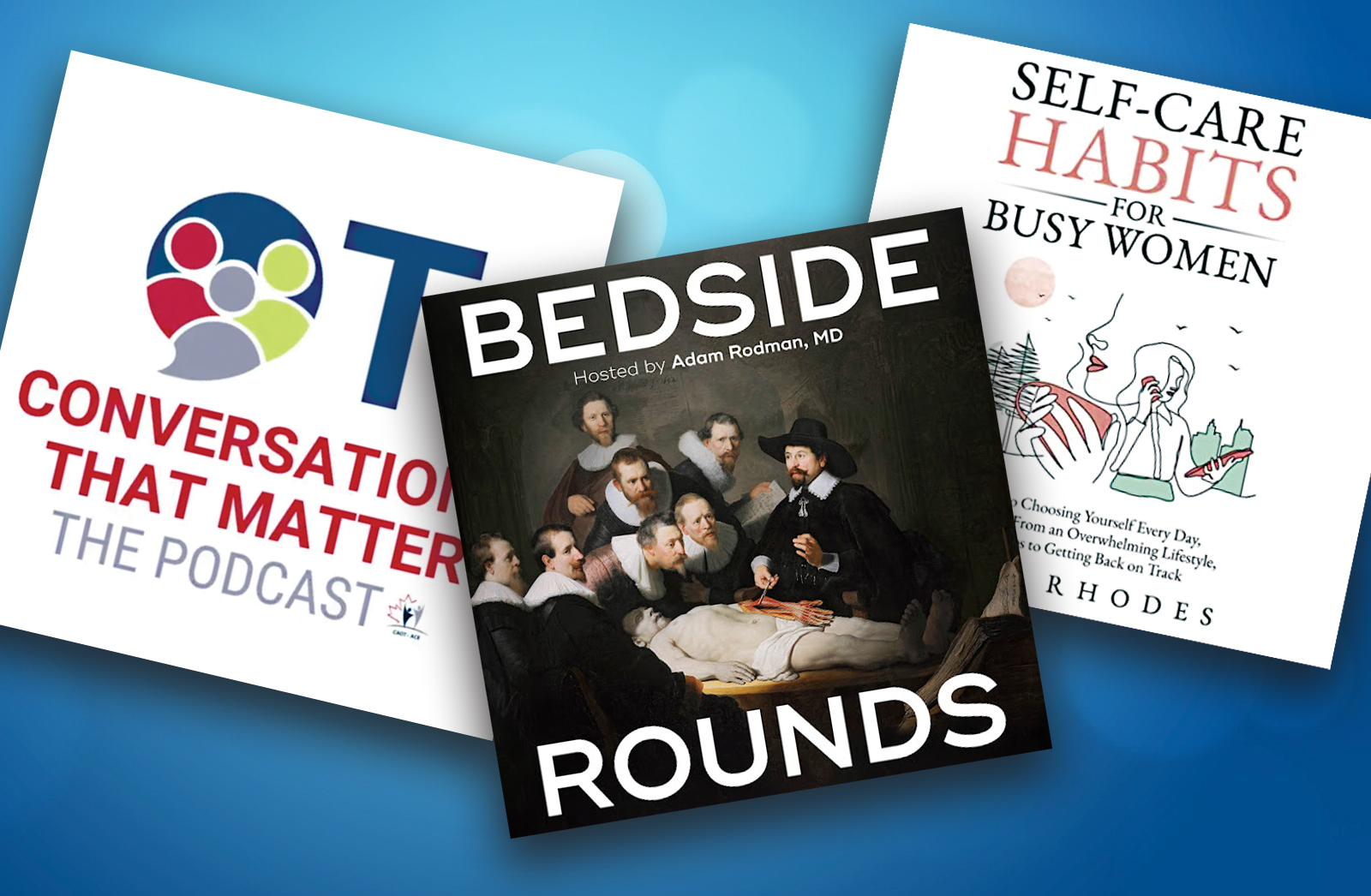Building blocks in human-centred design
Her journey to Toronto has been a long one. Originally from India, Dr. Desai spent 25 years studying, living and working in Australia. She earned her PhD at the Queensland University of Technology in Interaction Design, focused on human-centred design for children. She learned much about how they interacted with technology by watching her daughter (then age 6) play, which inspired her to pursue a PhD in interaction design for children. It helped Dr. Desai gain knowledge she could apply later when she started a new chapter creating technology for older adults and pursued a post doc with Age-Well’s, Dr. Astell.
That was five years ago. Dr. Desai and her family have settled into life in Canada and her work continues to inspire and challenge her. In the Social and Technological Systems (SaTS) lab at AMPD, York University, she designs and develops accessible technologies, primarily for older adults and those with disabilities. “My research is focused on how to keep people at home and in communities,” she says.
As part of her research, Dr. Desai is deeply engaged with the Jane and Finch, St. Jamestown and Rexdale communities. She collaborates with the Jane/Finch Centre and Albion Neighbourhood Services. Most importantly, she listens to their stories and experiences of how technology has failed them. “When people lack basic infrastructure to use technologies, how effective can these technology-driven solutions be in making a difference in their everyday lives?” she asks.
As someone who has completed its EPIC training, Dr. Desai has seen the benefits of multidisciplinary networking and funding opportunities, especially for students and post-grads.
Being able to figure out a puzzle with a multitude of moving parts continues to intrigue Dr. Desai, who did an undergrad in electronics engineering and a master’s degree in robotics. But when trying to solve complicated problems, she sometimes turns away from modern technology. Instead, she reaches for LEGO blocks—a handy tool to facilitate divergent thinking. She keeps some in her lab, office and home and uses them with students in her classrooms. “I use them to brainstorm ideas,” she says, “and it allows me to focus, to reflect and plan strategies.”
It’s a gentle reminder that creating technology, whether complex or simple, is most successful when the people using it and the systems they live in are at the forefront. Something Dr. Desai understands so well.
Dr. Shital Desai is an alumna of AGE-WELL’s EPIC training program In her role as an Assistant Professor, Interaction Design at the School of Arts, Media, Performance & Design (AMPD) and York Research Chair in Accessible Interaction Design at York University.














